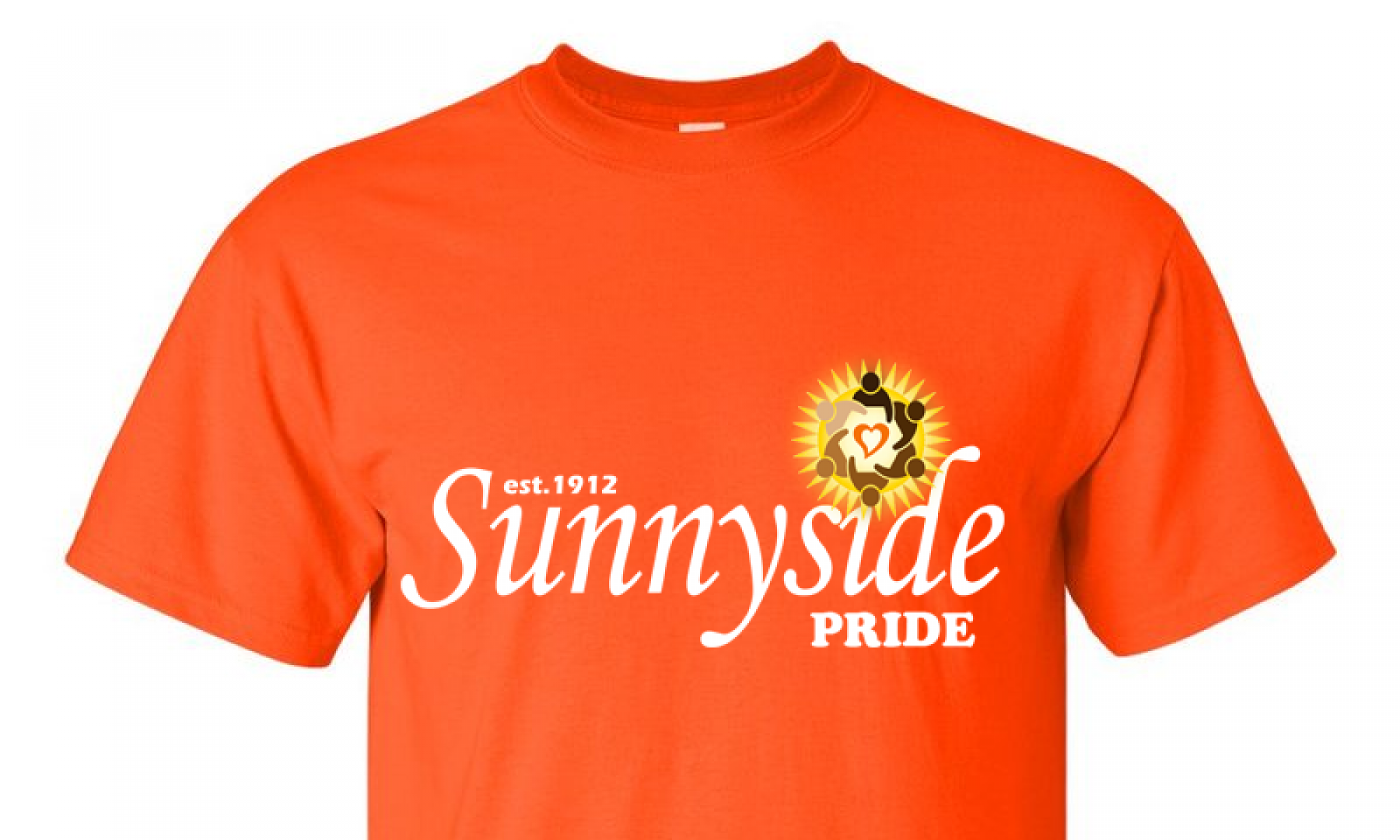(Reuters Health) – Neighborhoods with a high proportion of black residents or high poverty tend to have the greatest density of stores selling cigarettes and tobacco products, U.S. researchers say.
Poverty explained some of the association, but an urban planning concept, neighborhood “stability” – including the proportion of homes that are rented versus owned – accounted for most of the link, the study team reports in Journal of Epidemiology and Community Health.
“The neighborhood you live in shouldn’t determine how much cancer-causing product is present in your day-to-day life,” said lead study author Joseph Lee of East Carolina University in Greenville, North Carolina.
“The tobacco industry spends a large portion of its advertising budget at retailers, so when we see differences by neighborhood, that’s a big investment by the tobacco industry,” he told Reuters Health.
There are about 375,000 stores in the U.S. that sell tobacco products, Lee’s team writes. In 2014, U.S. stores contained an average of 30 tobacco ads, they add. Cigarette smoking causes about 480,000 deaths each year in the U.S., which is about one of every five deaths, according to the Centers for Disease Control and Prevention.
Previous studies looking at the density of tobacco stores have mostly focused on small geographic areas, so it’s difficult to tell if the patterns are widespread the authors write.
They calculated the density of 90,400 tobacco outlets in 97 counties across the nation to get a broader picture. These 97 counties contain 79 million people, or about a quarter of the population, the authors note.
Across all counties, the average density of tobacco shops was 1.3 per 1,000 people. But as neighborhood income fell, density of tobacco shops rose. It also rose as the proportion of the neighborhood’s residents who were African American increased.
In addition, a high proportion of vacant housing units or a high proportion of rental units were tied to sharp rises in the density of stores selling tobacco.
Neighborhoods with a high proportion of Hispanic, white or Asian/Pacific Islander residents did not display changes in tobacco store density relative to race or ethnicity.
“Environmental factors, including the location and density of tobacco retailers, have an influence on behaviors,” said Joanna Cohen, director of the Institute for Global Tobacco Control at the Johns Hopkins Bloomberg School of Public Health in Baltimore, who wasn’t involved in the study.
“The more accessible a product is, the more likely consumers are to purchase it,” she told Reuters Health by email. “This further contributes to the high toll of tobacco on racial and socioeconomic health disparities.”
Plus, Lee said, in neighborhoods with more tobacco outlets, stores are more likely to run price discounts and promotions, which boosts the advertising exposure and often prompts smokers who are thinking about quitting to buy another pack.
“Each time kids go to the store for a snack, to pay for gas, or to pick up bread and milk, they’re getting a dose of advertising,” Lee added. “Any gas station has a wall of tobacco products behind the register, and that makes them present, visible and normalized.”
One limitation of the study is that it doesn’t differentiate between types and sizes of stores, such as gas stations, grocery stores, pharmacy chains, alcohol stores, convenience stores, newsstands and the discount department store Walmart, which could affect density, the authors write.
In recent years, policy changes have aimed to prevent the sale of menthol and flavored cigarettes near schools in Chicago, San Francisco and Baltimore. Other policies have suggested removing cigarettes from pharmacies and selling little cigars and cigarillos in bundles rather than singles to increase cost, said Phillip Gardiner of the University of California in Oakland, who wasn’t involved in the current study.
“Smokers – especially young kids – are price sensitive,” he said. “We know that as price goes up, consumption goes down.”
“When used as advertised, smoking kills,” Gardiner said. “The tobacco industry is promoting it, and that’s not right.”
— This feed and its contents are the property of The Huffington Post, and use is subject to our terms. It may be used for personal consumption, but may not be distributed on a website.
Source: HuffPost Black Voices
